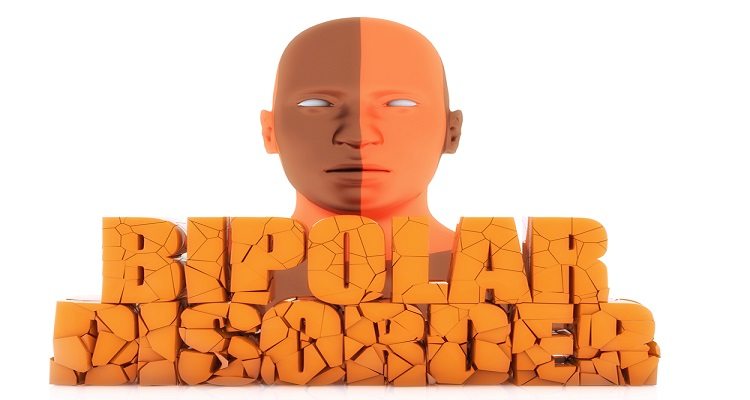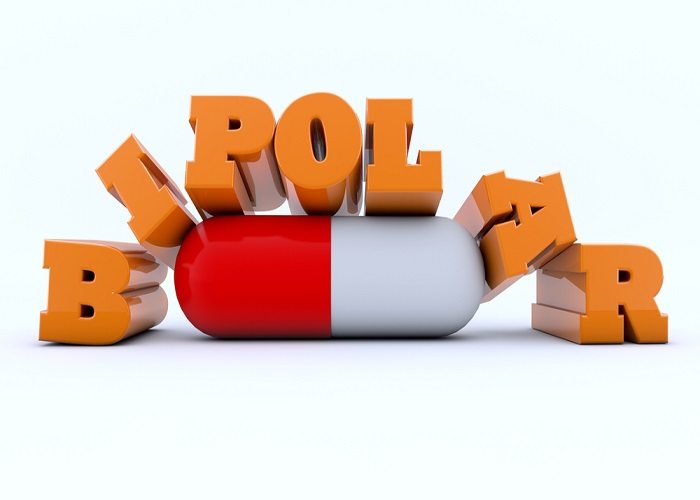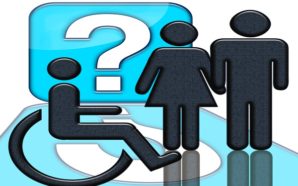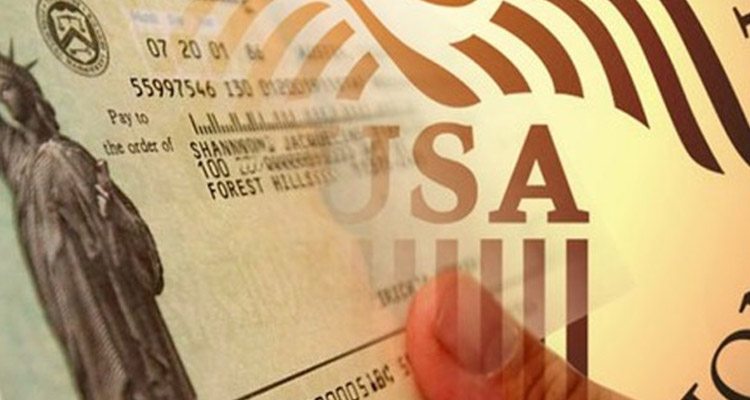Understanding Disability for Bipolar Disorder

Bipolar Disorder is also known as “manic-depressive illness” and is a disease of the brain that causes strange mood-swings, changes in energy and activity levels, and impacts a person’s ability to carry out everyday tasks. Studies have shown that people with bipolar disorder have the highest suicide rates of all mental diseases. Disability for bipolar disorder is usually granted by the Social Security Administration as it can be a severe mental condition that can impact a person’s ability to carry out substantial gainful activity.
Understanding Bipolar Disorder
Bipolar disorder, as the name suggests, means a person displays polarized behavior, ranging from being really “up” to being seriously “down”.
When a person is in an “up” or “manic” cycle, he or she displays extreme euphoria and hyperactivity, talking really fast, flitting from thought to thought and sometimes showing very poor judgement. More moderate forms of mania are called hypomanic episodes.
When a person is in a “down” or “depressive” episode, he or she displays extreme sadness and depression, a lack of energy and a sense of hopelessness.

According to the National Institute of Mental Health, there are basically four types of bipolar disorders:
- Bipolar I
Manic symptoms last at least 7 days and can be so severe that a person may need immediate hospitalization. Depressive episodes may also occur and can last up to 2 weeks. It is also possible that the patient displays a mixture of manic and depressive behaviors at the same time.
- Bipolar II
Less severe than Bipolar I, patients with Bipolar II disorders display depressive and hypomanic behavior patterns. The person will nothave severe symptoms of mania as in Bipolar I cases.
- Cyclothymic Disorder or Cyclothymia
Cyclothymia is characterized by many periods of hypomania and depressive episodes which can last up to 2 years in adults and at least a year in children and adolescents.
- Specified and Unspecified Bipolar and Related Disorders
A person displays symptoms of bipolar behavior but does not match any one of the categories mentioned above.
Filing for Disability for Bipolar Disorder
A person needs to meet the qualification criteria as listed in the SSA Blue Book. The person should have any two of the following symptoms:
- Daily activities are severely limited due to this condition
- Cannot normally interact with other people
- Experiences repeated episodes of decompensation which last for extended periods of time.
Even if the condition does not meet the specifications listed, a person can still qualify for disability for bipolar disorder if he has a history of this condition lasting than 2 years and:
- Cannot perform even basic unskilled work, even with medication and support
- His condition leads to constant episodes of decompensation
- The person cannot perform even basic mental functions without going into an episode of decompensation
- The person cannot function without support and medication for the foreseeable future
Cyclothymia
While Cyclothymia falls within the spectrum of bipolar disorder, it isn’t considered as bad as Bipolar I and II disorders. Cyclothymia patients rarely get approved for Social Security disability. This is because most Cyclothymia patients are able to function well and in fact are frequently highly creative and extremely productive workers.
However, if a Cyclothymia patient experiences extended and severe bouts of depression that is impacting his ability to function properly despite medication, then he may qualify for Social Security disability for depression instead.
Other Considerations
If a person’s claim does not meet the eligibility criteria for Social Security disability for bipolar disorder as listed in the Blue Book, then the Disability Examiner will also evaluate other factors:
- Age
- Education
- Work Experience (specifically, jobs held for more than 3 months in the last 15 years that would qualify as SGA)
- Transferability of skills
- Functional capacity after the impact of the disability
- Ability to perform other types of work
These factors are taken into consideration when evaluating the severity of the disorder. If the mental disorder is considered severe enough, then he may qualify for the SSA’s medical vocational allowance.
A person applying for disability for bipolar disorder needs to ensure that his documents – especially his medical history – is complete.











